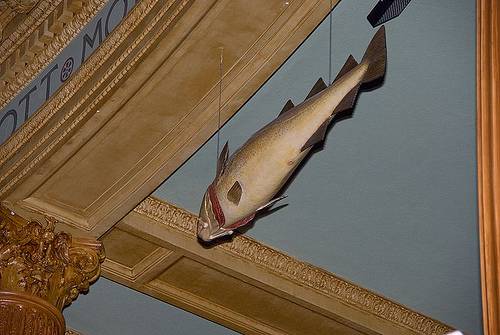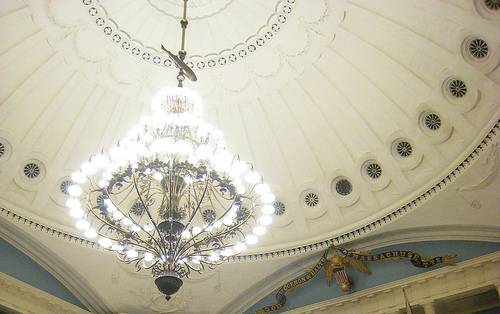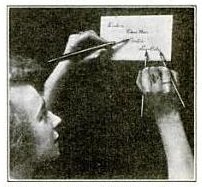John Metcalf, a native of the neighbourhood of Manchester, … became blind at so early an age as to be altogether unconscious of light, and its various effects. His employment in the younger period of his life was that of a waggoner, and occasionally as a guide in intricate roads during the night, or when the common tracks were covered with snow. Afterwards he became a projector and surveyor of highways in difficult and mountainous parts; and, in this capacity, with the assistance merely of a long staff, he traverses the roads, ascends precipices, explores valleys, and investigates their several extents, forms, and situations, so as to answer his purpose in the best manner.
— John Platts, Encyclopedia of Natural and Artificial Wonders and Curiosities, 1876






